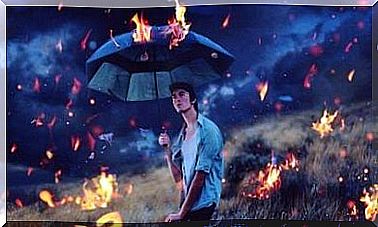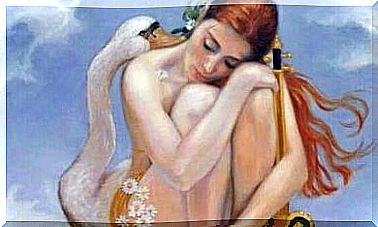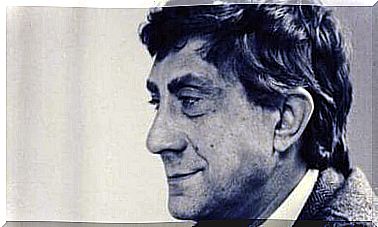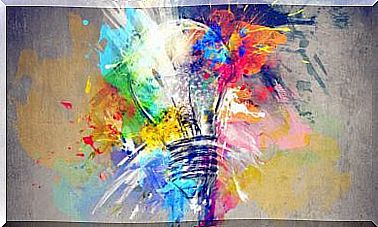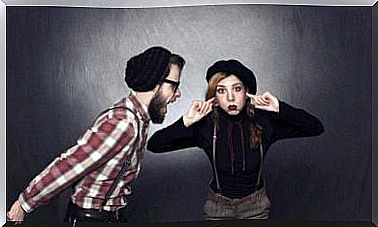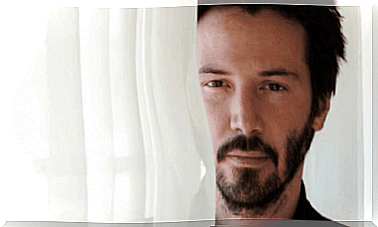Types Of Hallucinations And Their Characteristics
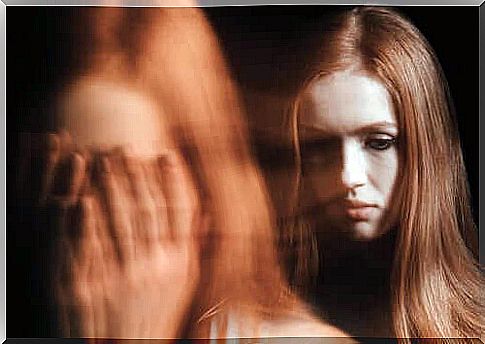
There are many types of hallucinations: from brief glimpses to human figures, from footsteps to entire conversations. Read on and get to know the case better!
Hallucinations are psychological phenomena that fascinate us because they are completely unique and relatively rare. They occur in connection with various diseases, and also vary in the way they are expressed. This article is about the many different types of hallucinations that exist.
The first and most concise definition of the term we have from Esquirol, a French psychiatrist. He described hallucinations as “objectless impressions”. In other words, during hallucinations you experience images, sounds and smells, without there being external stimuli that can evoke that experience.
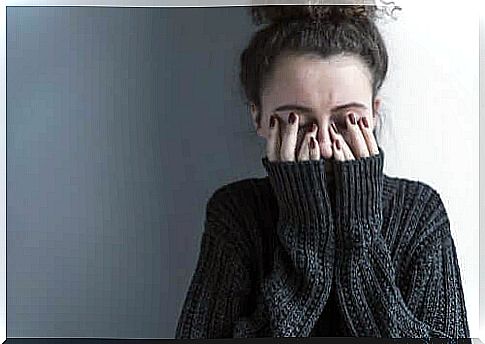
Hallucinations or illusions?
People often confuse hallucinations with illusions, but they are actually very different. There is an external influence under the illusion, but the person misinterprets it. This is what happens when you wake up in the middle of the night and look at a chair that is full of clothes and think it is the silhouette of a human being.
Another big difference is that illusions quickly go away when the brain has time to think about. Hallucinations, on the other hand, are just as real and make the same impression as reality. In fact, they can withstand all rational thoughts. In other words, the person who is hallucinating has a firm belief that what they are experiencing is genuine.
What types of hallucinations are there?
There are several ways to classify hallucinations based on their complexity, cause, the way they appear, etc. This article will focus on the types of hallucinations that exist, according to the sensation in which they occur.
Visual
When talking about visual hallucinations, then an individual visually perceives something that is not there in reality. It can be simple things like flashes of light, but also much more complex performances. The latter are much more advanced, and the person can actually experience entire courses of action with figures moving quite vividly in colors.
It is this type of hallucinations that occur in the borderland between sleep and wakefulness. They are also characterized by an altered state of consciousness that may be due to drug use and they may occur during alcohol withdrawal.
Types of hallucinations for hearing
These are the most common and common in people with schizophrenia. As in the previously mentioned cases, a person can hear either simple sounds or whole conversations. The content is often threatening or commanding. The person hallucinating may hear voices giving them orders, scolding them, or even hearing multiple voices talking about them.
Hallucinations that relate to the sense of taste and smell
These hallucinations often occur simultaneously, and are much more rare than those previously mentioned. They usually consist of unpleasant tastes and smells.
In connection with the sense of smell, a person may think that the smell comes from their own body (smells rotten) or from outside (my whole house smells of urine). At the same time , hallucinations regarding the sense of taste may lead a person to believe that some are trying to poison them.
Somatic
These are bodily sensations and physical experiences in certain parts of the body. A person may feel electric current or think they are turning into a rock. They may also feel that their body is disintegrating or that their organs are rotting.
Types of hallucinations that are linked to the sense of touch
This kind of hallucinations has to do with the sense of touch. When they happen, it is experienced as being touched, held, burned, or being able to touch something that does not actually exist.
Kinesthetic
These are about a misconception of the movements of the body itself. The person may thus feel that they are lifting or that the body is positioned incorrectly.
It is often seen in patients with Parkinson’s disease, and in certain forms of schizophrenia. It also occurs among people who take psychoactive drugs.
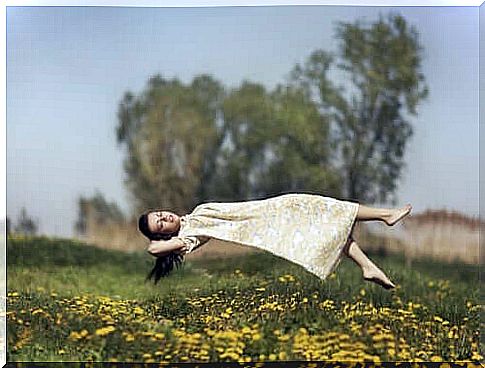
Hallucinations and mental health
Hallucinations are often associated with mental problems. While it is true that it is a symptom of many mental illnesses, such as schizophrenia, bipolar disorder or dementia, it is not the real cause. The problems can also be due to substance abuse or abstinence as well as brain damage and tumors.
Even healthy people can experience hallucinations. It could be by sleep paralysis, migraines with aura or people claiming to see or hear a deceased loved one in mourning. Either way, you should seek professional help if it happens often or goes beyond your well-being.
